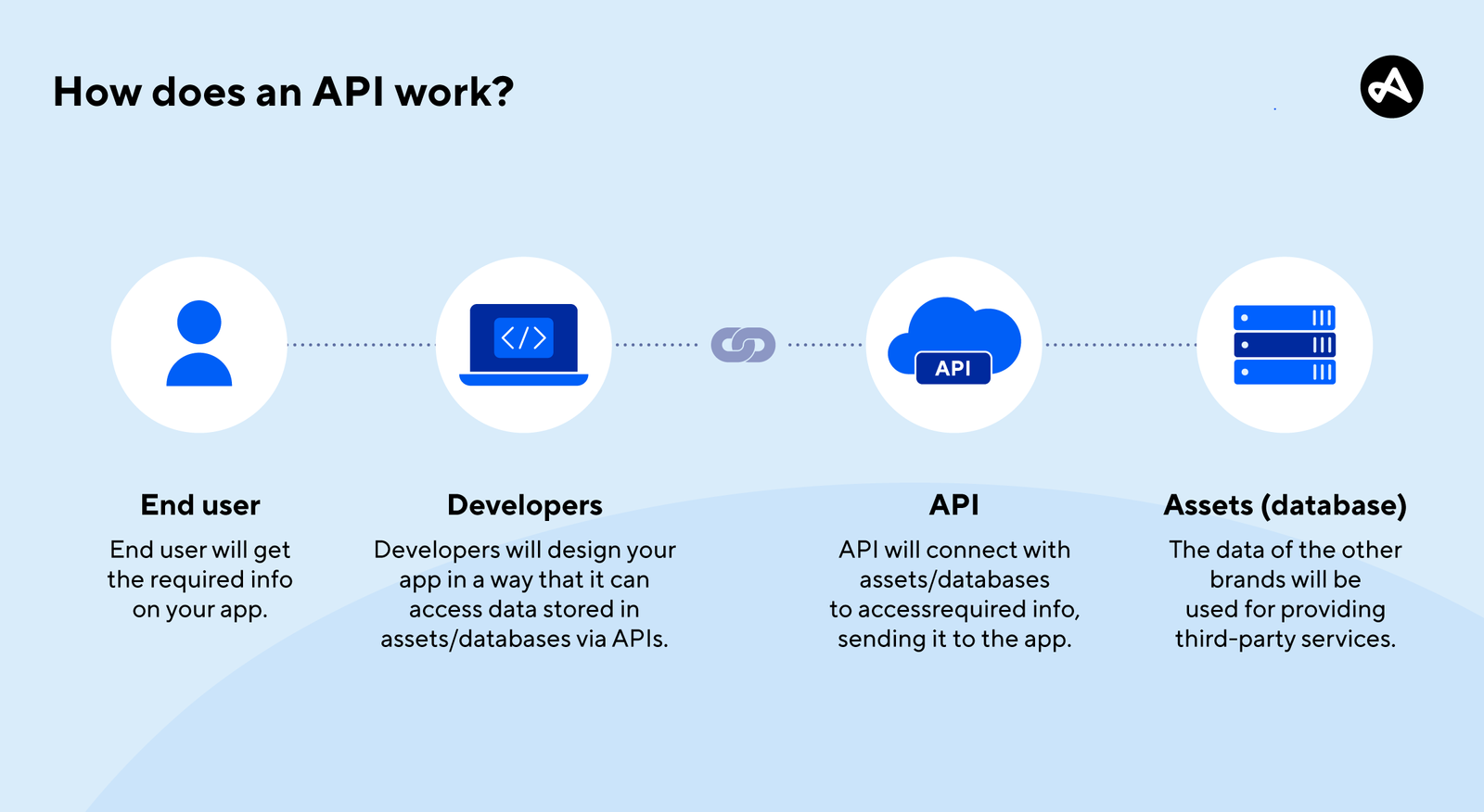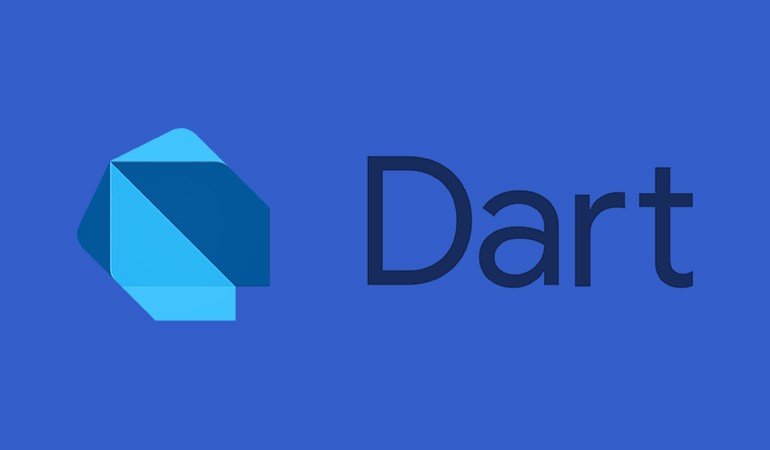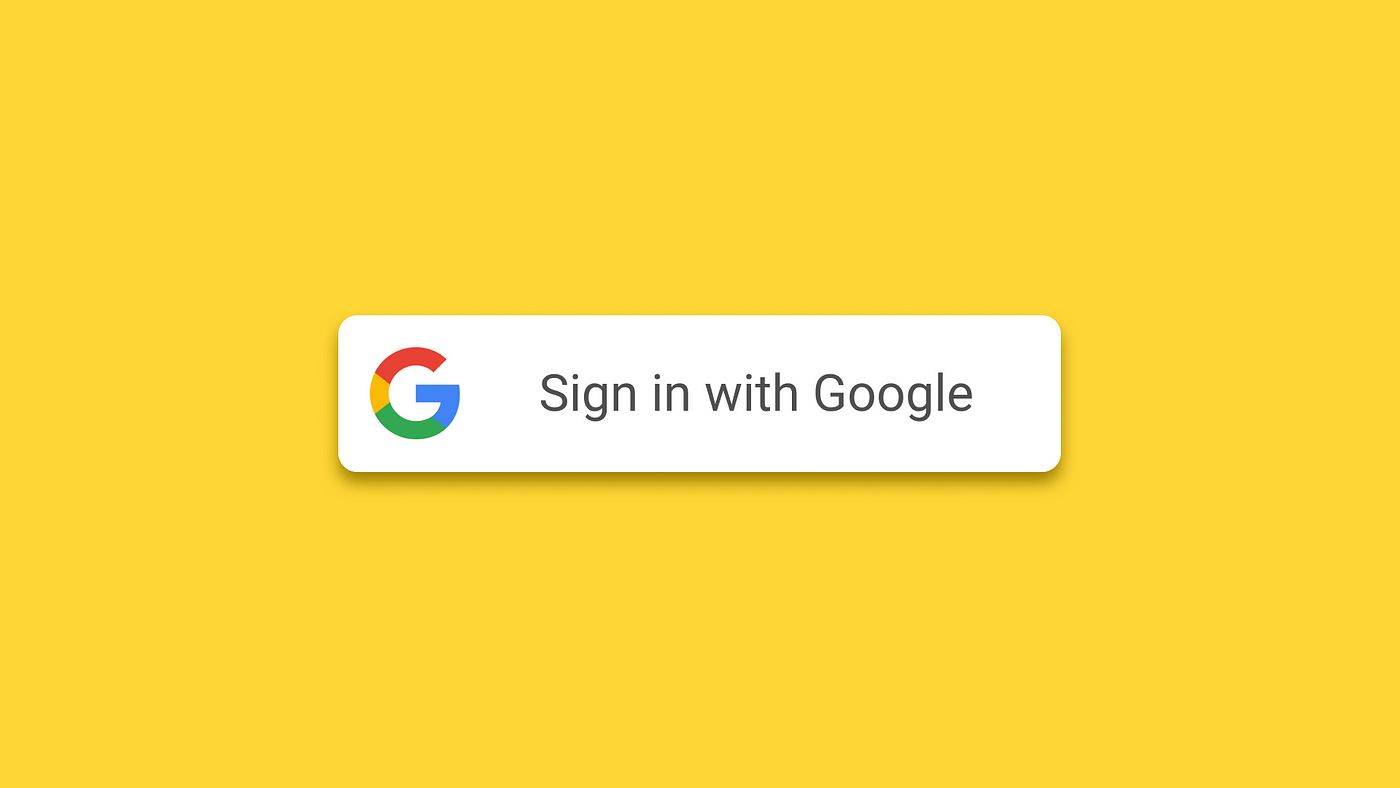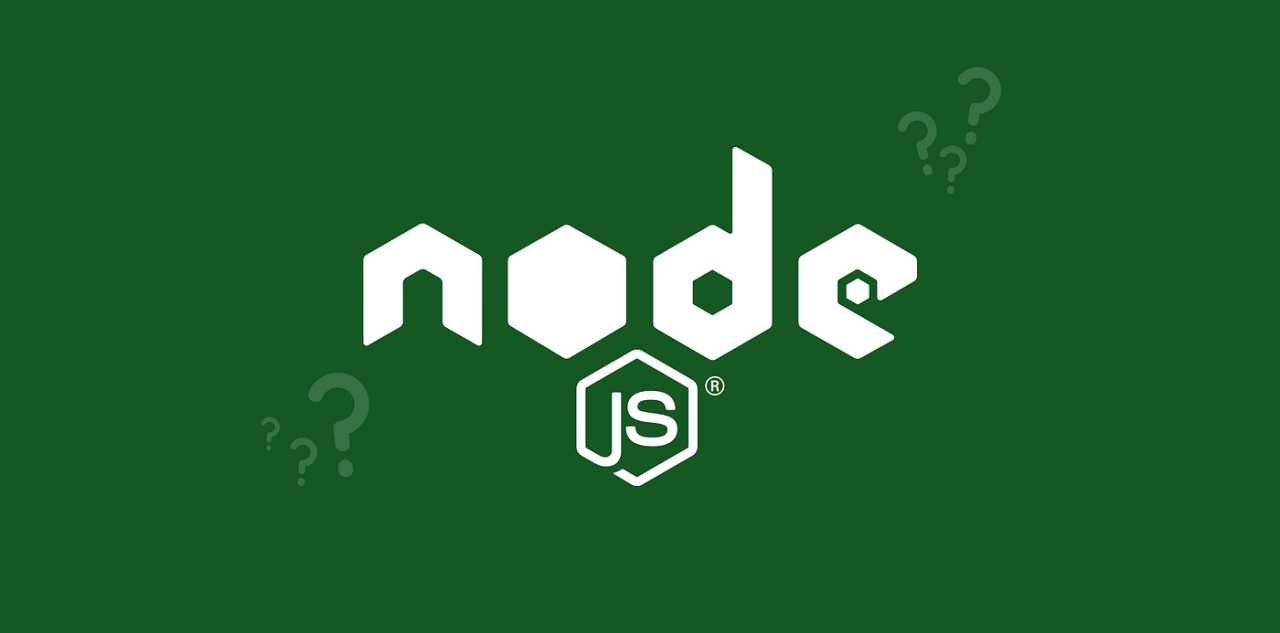Narrative Explanation of APIs (Application Programming Interfaces)

The Story of APIs: The Invisible Bridge
Imagine you're sitting in a restaurant. You open the menu and choose a plate of Jollof rice with grilled chicken and a cold drink. You don't go into the kitchen to prepare your food—you simply tell the waiter what you want, and they bring it to you.
In this story, you are the application, the kitchen is the server, and the waiter is the API.
What Is an API?
An API (Application Programming Interface) is a messenger or bridge that allows two applications (or systems) to talk to each other.
In simple terms:
An API is a set of rules that allows one software or system to access the data or functions of another.
Real-Life Example 1: Weather App
Let’s say you’re building a mobile weather app. You don’t have your own weather satellite. So, instead, you use the Weather API from a company like OpenWeatherMap.
Here's what happens:
-
Your app sends a request:
“Hey, API, give me the current weather in Lagos.” -
The API talks to OpenWeatherMap’s database, collects the weather data, and returns a response like:
{ "temperature": "30°C", "humidity": "65%", "condition": "Sunny" }
Your app then shows this data in a clean and user-friendly interface.
Without the API, your app would be useless because it wouldn’t have any weather data to display.
Real-Life Example 2: Online Payment (e.g., Paystack or Stripe API)
Imagine you run an online store selling African fashion. A customer wants to pay using their debit card.
You don’t want to build your own bank system. Instead, you integrate with a payment API like Paystack.
When the customer clicks “Pay Now”, here’s what happens:
-
Your app sends a payment request to Paystack’s API.
-
Paystack verifies the card and processes the payment.
-
The API sends back a response:
-
✅ Payment Successful
-
❌ Payment Failed
-
Your store then updates the order status accordingly — and the customer gets a receipt.
Real-Life Example 3: Facebook Login on Another App
Ever seen “Login with Facebook” on an app or website? That’s an API at work again.
-
The app asks Facebook’s API to authenticate the user.
-
If successful, Facebook returns the user’s info (like name, profile picture, etc.).
-
Now the user is logged in — without creating a new account.
APIs in the Developer’s World
Developers love APIs because they:
-
Save time (no need to build everything from scratch).
-
Ensure consistency (everyone uses the same data and format).
-
Encourage collaboration (your app can work with other apps).
Types of APIs
-
Open/Public APIs – Anyone can use them (e.g., Twitter API, Google Maps API).
-
Private APIs – Used only inside a company (e.g., internal tools).
-
Partner APIs – Shared with business partners only.
-
REST & SOAP APIs – Different styles or protocols (REST is more common today).
Simple Analogy
API is like a power socket.
You don’t care how electricity is generated. You just plug in and use it.
Similarly, with APIs, developers don’t worry about how the backend works—they just connect and get the data or functionality they need.
Conclusion
APIs are the invisible glue that connects modern digital life. From checking the weather, to making online payments, to logging in with Google, APIs are everywhere — helping apps talk to each other and making the internet smarter and faster.






